Women play a key role in healthcare, with 77% of the healthcare workforce being women and 80% of women making healthcare decisions for their families, according to the U.S. Bureau of Labor Statistics. As the IEEE Standards Association (IEEE SA) Healthcare and Life Sciences (HLS) Practice brings together volunteers to help address the global healthcare challenges, such as healthcare data interoperability and validated medical devices, many women play crucial roles in the development of standards and solutions.
Coming from all walks of life across industries and disciplines, these female volunteers are driving the innovation in healthcare technology that will create better healthcare outcomes for all.
In honor of 2022 Women’s History Month, this article features four female volunteers from start-ups and major organizations who are on the frontier of addressing one of the most critical healthcare challenges: interoperability of healthcare technologies.
Heather Flannery: Standardization For Blockchain in Healthcare
For decades, businesses have focused on creating efficiency and optimization within their own walls. Blockchain enables that same kind of efficiency and optimization to occur up and down value chains and across industry segments, such as healthcare. However, the blockchain technical community is massively fragmented and has struggled with integration, bioethics, use cases, security, and privacy challenges.
As the Working Group Chair for IEEE P2418.6™ Standard for the Framework of Distributed Ledger Technology (DLT) Use in Healthcare and the Life and Social Sciences, Heather Flannery, Founder & CEO of ConsenSys Health, has led the effort to create standards for the intersection of the use of blockchain technology across healthcare and life sciences, which is part of the IEEE blockchain initiative launched in 2018. This Working Group has more than 150 active volunteers from both the public and private sector, representatives from global governments and multiple parties across academia.
IEEE P2418.6 focuses on the semantics and data structure, especially identifying what information is generally off-chain health information. This standard project’s second core focus is identifying how the emerging blockchain technology converges with other equally significant innovations. By addressing these concerns, Heather’s working group can work on mitigating risks for AI and the Internet of Medical Things (IoMT) to allow more value creation. The working group has specifically looked at how to use blockchain for tokenization and smart contracts in healthcare, which can address the industry’s unique challenges.
Heather says she is extremely excited about IEEE P2418.6 being one of the earliest standards to be incorporated into IEEE SA Open, which is a comprehensive open source development platform available for independent software developers, startups, projects, academia, foundations, and industry organizations around the world to create, test, manage and deploy innovative projects in a collaborative, safe, and responsible environment.
“From the beginning, our working group viewed one of the most important contributions that we can make is using IEEE’s extraordinary platform to drive engagement with other global standards bodies that are all working in this field,” says Flannery. “It’s been a tremendous journey and so much progress has been made.”
Florence Hudson: Integrating Trust, Identity, Privacy, Protection, Safety, Security into the Internet of Medical Things (IoMT)
Over five years ago, Florence Hudson presented about insurance cybersecurity at an IEEE SA event. During the discussion the attendees percolated some ideas that initiated an Industry Connections activity that gathers more than 100 volunteers in the incubation work, which eventually led to the IEEE P2933™ Standard for Clinical Internet of Things (IoT) Data and Device Interoperability with TIPPSS – Trust, Identity, Privacy, Protection, Safety, Security. Florence is now the Executive Director, Northeast Big Data Innovation Hub at Columbia University.
The motivation for Florence’s dedication and hard work leading the IEEE P2933 Working Group starts with a seemingly simple concept: everything is hackable, even devices and systems people assume are not hackable. Florence strongly believes it is essential to protect healthcare data, connected healthcare devices and systems to keep humans alive. She points to the FDA’s 2017 recall of more than 450,000 pacemakers, which occurred because hackers with even a low skill level could reprogram the life-sustaining devices, as a prime example. By building security into an IoMT device from the ground up, she explains, you can create protection at the device level against device, hardware, software, and service hacks.
The cornerstone of IEEE P2933 is the TIPPSS framework, which is designed to provide more connected and comprehensive technology. The framework validates the identity of those requesting access, to only allow designated people or services access to the data and devices. Florence explains that because medical IoT devices are often physically located in a person’s body, it’s especially critical to accurately determine that the person requesting access is the doctor and that they are still accredited.
“Because we are working at a global level, you may notice that some works look very similar at first. However, in some languages, there are differences, and we try to be comprehensive.”
The IEEE P2933 Working Group, which was officially launched in May 2019, has about 250 people from 22 countries. The team includes device manufacturers, regulators, the National Institutes of Health, National Cancer Institute, providers, and payers. In addition to creating the cybersecurity framework for connected medical devices, the Working Group is also continually trying to increase awareness of the need for improved trust, identity, privacy, protection, safety, and security.
Dr. Madhuri Gore: Enabling Mobile Device Platforms as Pre-Screening Audiometric Systems
People with hearing disorders face many challenges, including a higher unemployment rate, depression, cognitive decline, and academic underachievement. And many of these people, especially in rural communities and emerging economies, do not have access to diagnosis and treatment. This is where the IEEE P2650™ Standard for Enabling Mobile Device Platforms To Be Used as Pre-Screening Audiometric System Working Group comes in.
Serving as the Vice-Chair of this working group, Dr. Madhuri Gore works with about 80 audiologists and engineers to establish the performance, interoperability, and validation requirements of a mobile device platform that typically consists of a mobile phone device in conjunction with a portable or wearable device and associated software, to be used as an audiometric pre-screening device.
As a result of the working group’s efforts, several programs have been launched to provide neonatal health screening using mobile devices to diagnose hearing disorders. These programs provide screening services in rural communities that do not have access to the specialized equipment and sound-treated rooms typically used in diagnosing hearing-related issues.
Through a grant from the Lions Club International, the working group outfitted a bus to serve as a mobile clinic to provide clinical services in typically underserved areas. Gore says that although the mobile clinic has been very successful, they will not be able to outfit enough buses to reach the 1.5 billion people in the world who suffer from hearing loss. She explains that the working group is now focusing on enhancing the existing mobile platform with headphones and other devices to help improve the first level of screening.
“We’ve realized that when access is given, we are not only reaching rural areas, but preventing other issues,” Madhuri says.
Dr. Ida Sims: Making Health Data Usable to Improve Healthcare Outcomes
As a primary care doctor, it was a common occurrence for Dr. Ida Sims that the source or the context of data is not fully understood which made it unusable. While healthcare data contains the power to save lives and be involved in groundbreaking research, this only happens through standardization. Sim chairs the IEEE 1752.1™ Standard for Mobile Health Data Working Group, which consists of over 240 members from a range of countries and professions, including regulatory agencies, clinical research, engineering research, and the sensor and healthcare industries.
In 2017, IEEE SA approached Sim, a co-founder of the non-profit Open mHealth, about the standard she had helped develop for mHealth data. While the standard received widespread praise, it needed broader adoption by the industry. By volunteering at IEEE SA, Ida and the IEEE 1752.1 Working Group was able to help improve the ease and alignment accuracy of aggregating data across multiple mobile health sources and reduce the costs of using this data for biomedical discovery, improving health and managing disease, as well as promote adoption of the standard. The approach to data sharing starts with building a common schema using templates, and then building open source tools, which is straightforward even for users not experienced in JSON.
Connected health devices use sensors to collect data, send it to the cloud for processing, and then return it to the patient, clinicians, or both. The data takes a complicated journey, and Ida says consistency and integrity make the development and validation of the data much easier, which is critical for both care and research. For example, Ida explains that if a blood glucose value is collected in data, the clinician or provider has many questions before the data is usable: Is it a fasting level? Is it an average? Over how long was the data collected? What time of the day was it taken?
“I’m not an engineer, and never in my life thought I would be a part of IEEE,” says Sims. “It’s been really marvelous to work with the staff at IEEE as they have provided tremendous support through the processes.”
To learn more about how women are leading the way in the digital transformation of the healthcare industry, watch the on-demand IEEE SA Women Leading HealthTech Standards Webinar, or get involved with IEEE SA HLS Practice activities.


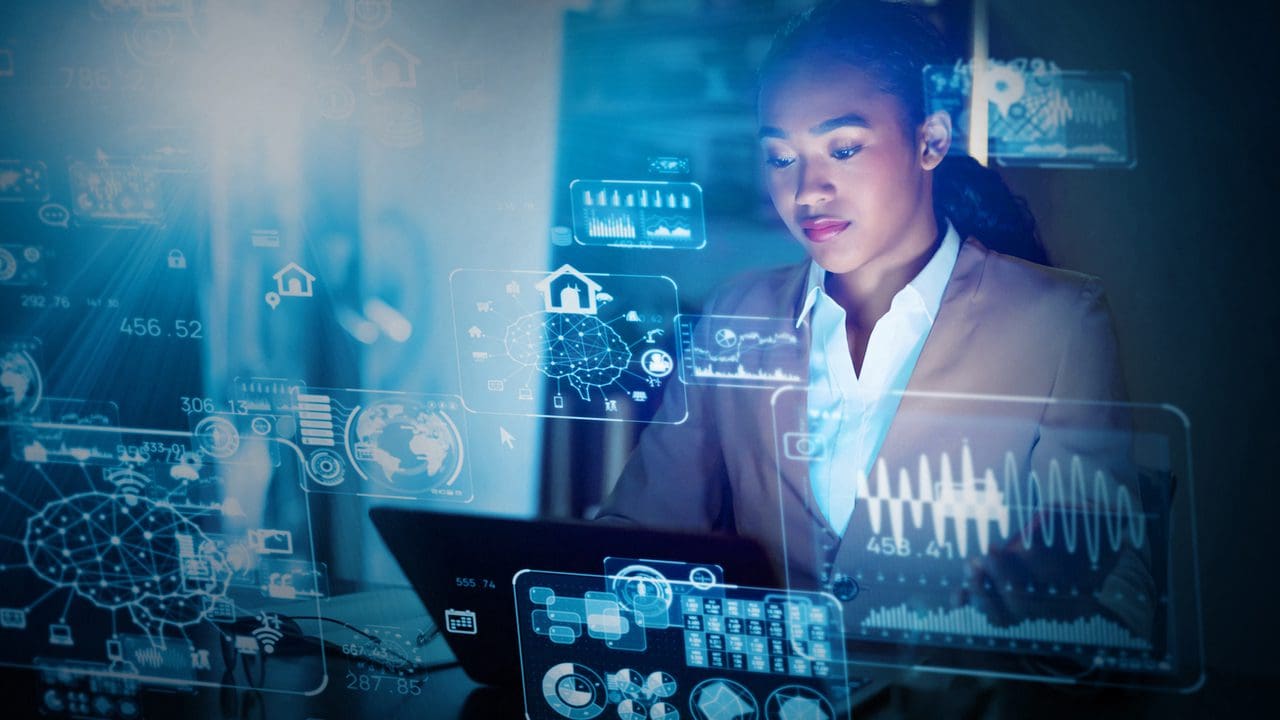

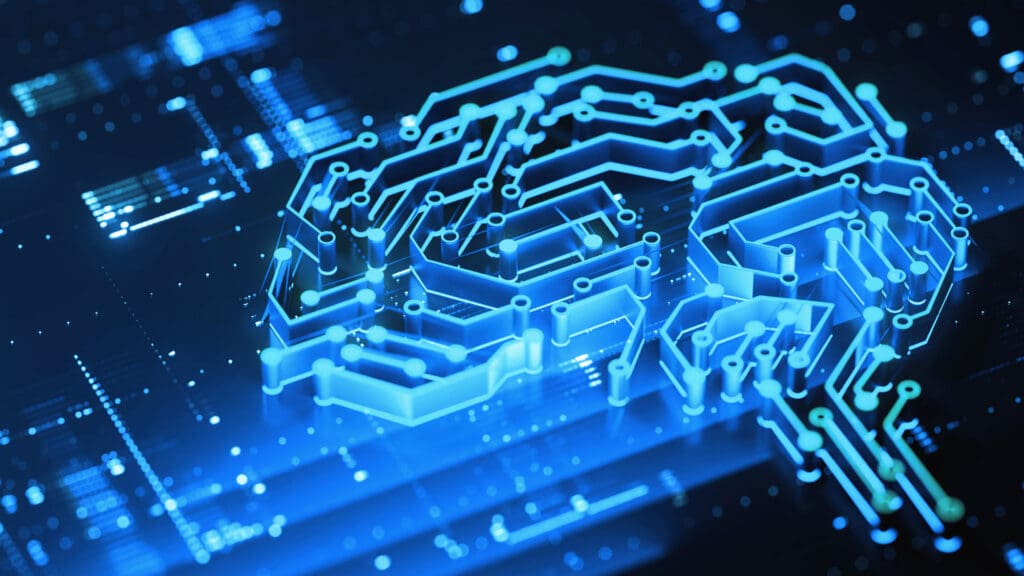
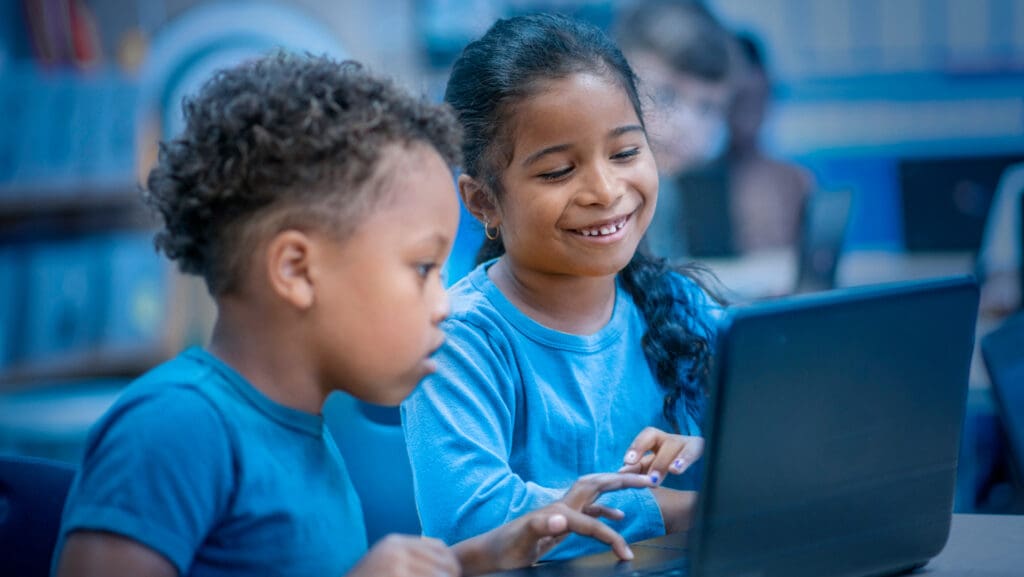

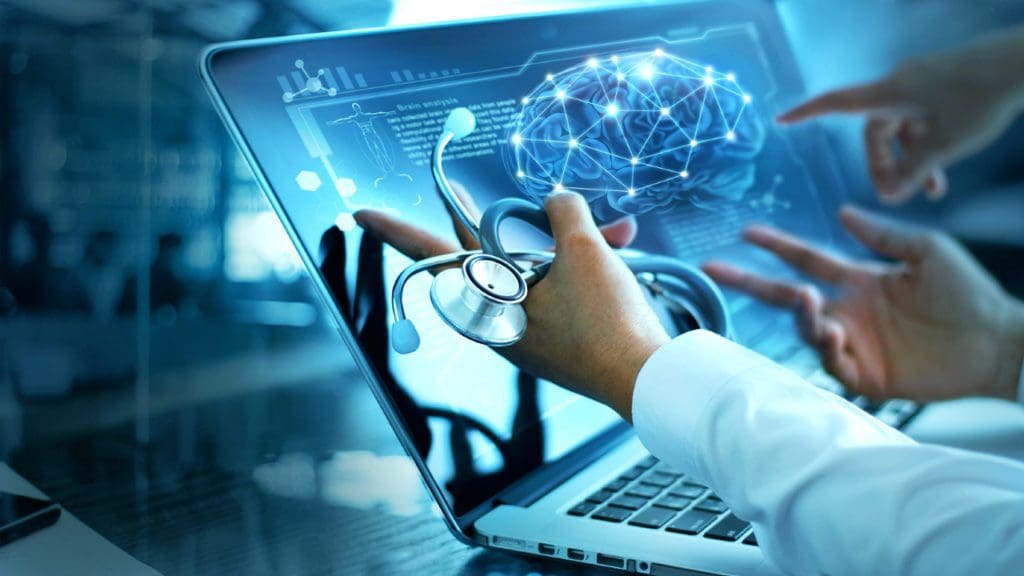
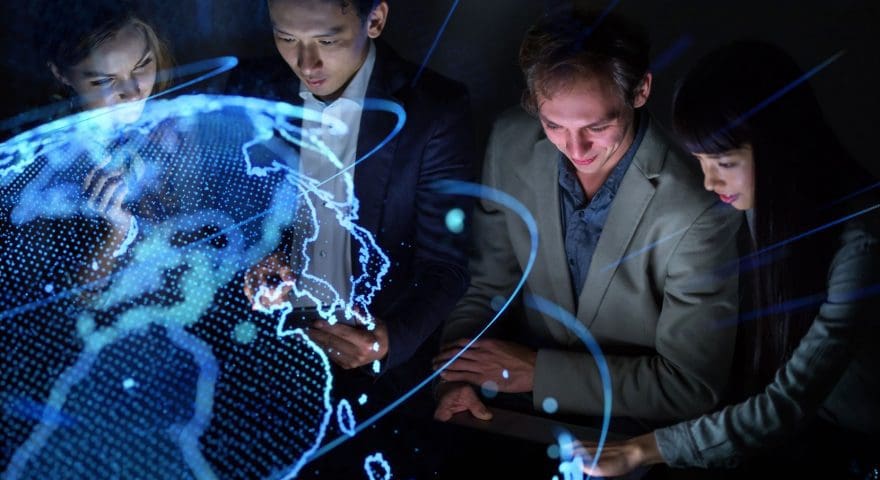
You have shared Wonderful content. Keep sharing such informative blogs in the future also.